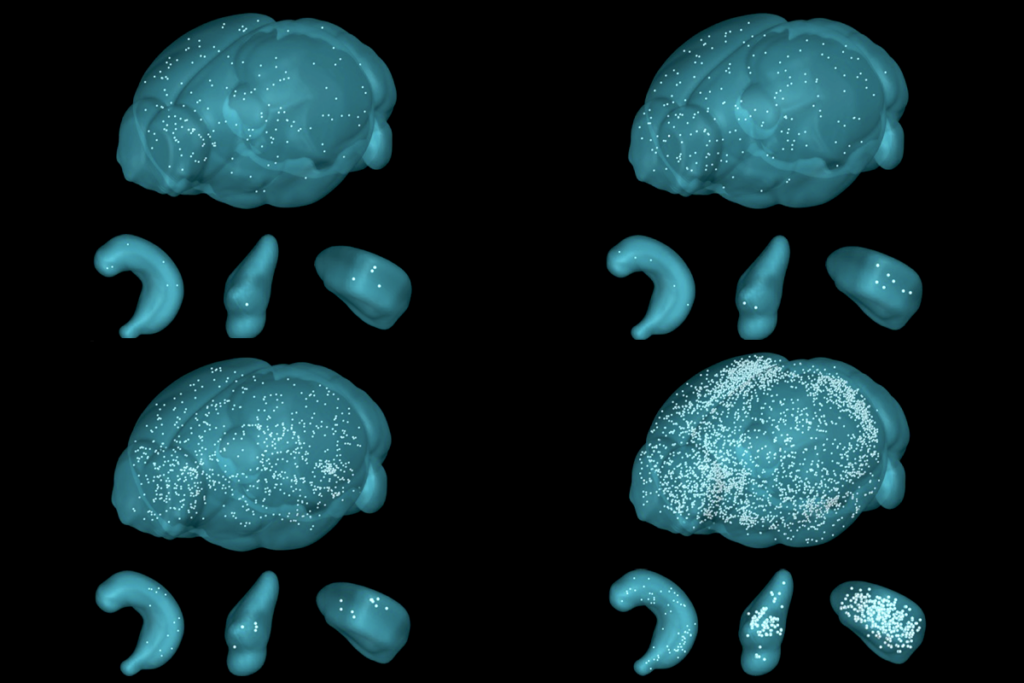Some conditions tend to accompany autism in pairs
Children with autism are more likely to have both sleep problems and constipation than would be expected based on the prevalence of each of those conditions.

Children with autism are more likely to have both sleep problems and constipation than would be expected based on the prevalence of each of those conditions. Young autistic children are also unexpectedly likely to have both sleep and eating troubles.
The findings come from a large study of autistic children aged 17 months to 17 years who visited a network of autism clinics in the United States between 2010 and 20161. The researchers analyzed how often any of 12 conditions that commonly affect people with autism occur together in these individuals.
Understanding the relationships between conditions that frequently accompany autism could hint at their shared genetic origins, says co-lead investigator Ann Neumeyer, medical director at the Lurie Center for Autism at MassGeneral Hospital for Children in Boston. It could also inform treatments.
It is common for people with autism to have additional diagnoses; more than half have at least four other conditions, some of which frequently occur together. For instance, anxiety is associated with insomnia among autistic people2. Less is known, however, about the overlap between many other conditions, including attention deficit hyperactivity disorder (ADHD), speech problems and gastrointestinal issues.
The new work confirms known relationships and clarifies others, researchers say.
“What’s particularly helpful or useful is that this is based upon a large sample across multiple clinic settings, and so it’s probably more generalizable than other studies can be,” says Paul Lipkin, director of the Interactive Autism Network at the Kennedy Krieger Institute in Baltimore, Maryland. Lipkin has collaborated with the researchers on previous studies but was not involved in the new research.
Slumber struggle:
Neumeyer and her colleagues analyzed records from the Autism Speaks Autism Treatment Network, a registry of children with confirmed autism diagnoses. Clinicians at 15 centers across the U.S. reported diagnoses for 12 other conditions for 2,114 children aged 17 months to 5 years and 1,221 children aged 6 to 17 years.
The researchers calculated the prevalence of each of the conditions, which include constipation, disordered sleep, ADHD, speech problems and developmental delay. Then, for each possible pair — sleep problems and anxiety, for instance — they used a statistical analysis to estimate the likelihood of a child having both, based on the prevalence of each alone. They compared that estimate to the actual prevalence of each pair in their sample.
For example, given the prevalence of sleep conditions and that of constipation among the participants, the researchers expected the two to occur together in about 3.9 percent of children aged 5 and younger. Surprisingly, 6.2 percent have both. The findings among children aged 6 to 17 are similar.
Disordered sleep also co-occurs with speech problems, developmental delay, disruptive behavior and feeding issues more often than expected in children under 6. In older children, sleep problems are associated with speech issues and ADHD. The results appeared 24 July in Academic Pediatrics.
The findings suggest some common mechanism may be “causing the system to be over-aroused or be dysregulated,” says Beth Malow, professor of neurology and pediatrics at Vanderbilt University in Nashville, Tennessee, who was not involved in the study. “Trying to understand what might be driving or underlying the association is what’s most interesting.”
Motor connection:
Some of the associations are relatively easy to explain. In children aged 5 and younger, speech problems and feeding difficulty occur together 23 percent more often than expected; in older children, they co-occur 27 percent more often. In young children, who are still learning to talk, motor problems could underlie the overlap.
“It doesn’t surprise me at all when a child has difficulties coordinating their oral musculature to eat and then also has difficulties coordinating their oral musculature to talk — that’s something we commonly see in cerebral palsy, but we don’t always think about that in autism,” Neumeyer says. It’s less obvious why this association exists in older children, she says.
Speech difficulties are associated with nearly every other condition in the study, perhaps because the problem is common among people with autism, Neumeyer says.
The study confirms several other known associations, such as one between anxiety and sleeping difficulty among autistic adolescents.
References:
Recommended reading
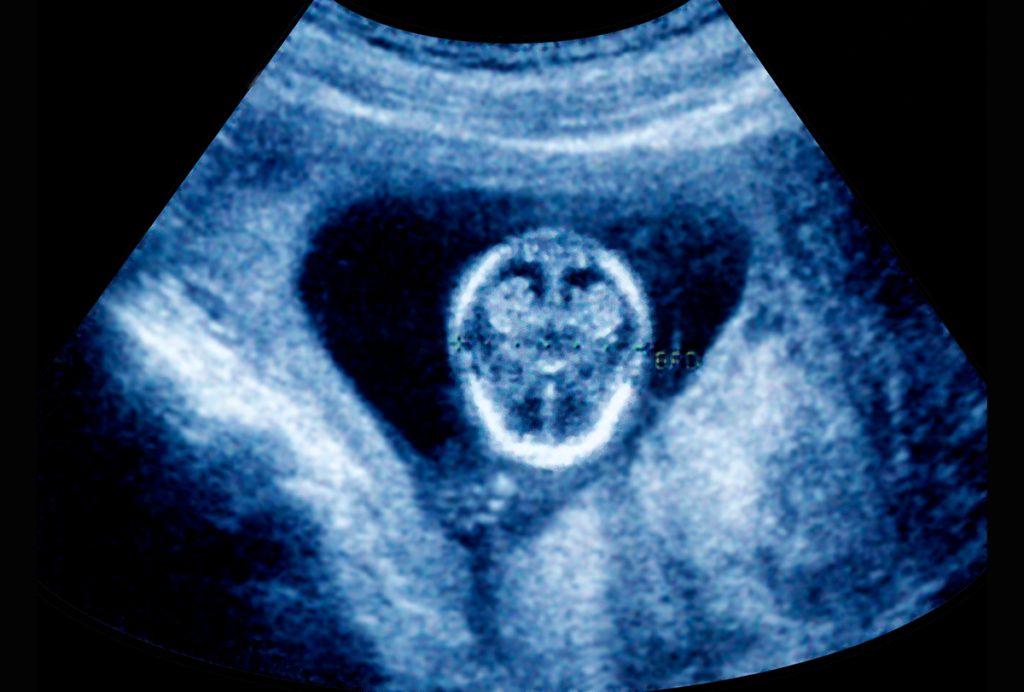
Gene-activity map of developing brain reveals new clues about autism’s sex bias

Parsing phenotypes in people with shared autism-linked variants; and more
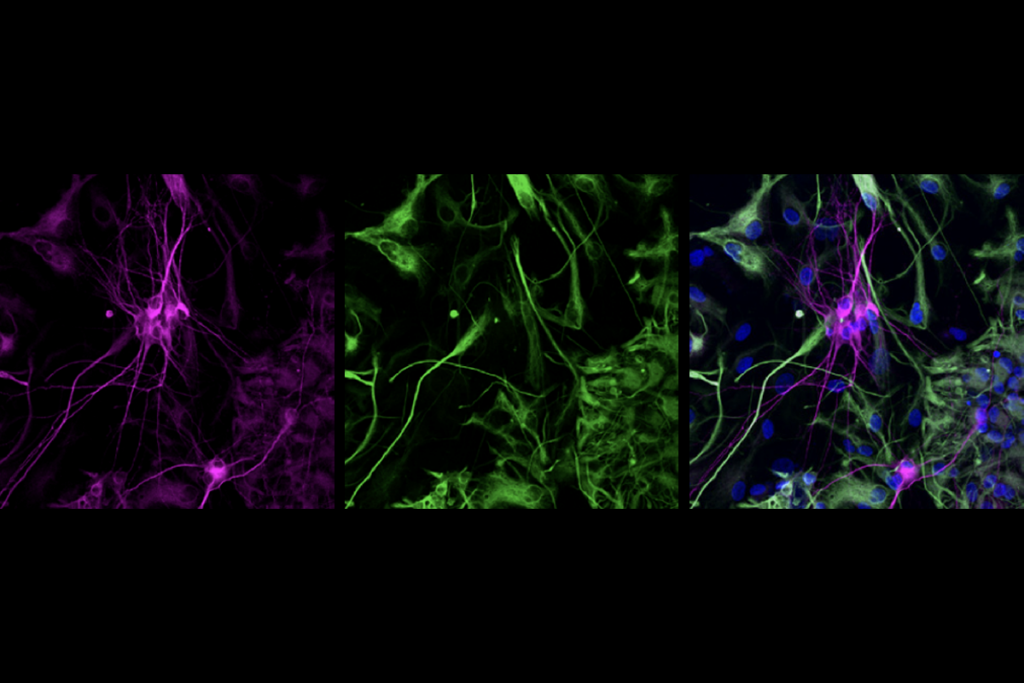
Boosting SCN2A expression reduces seizures in mice
Explore more from The Transmitter
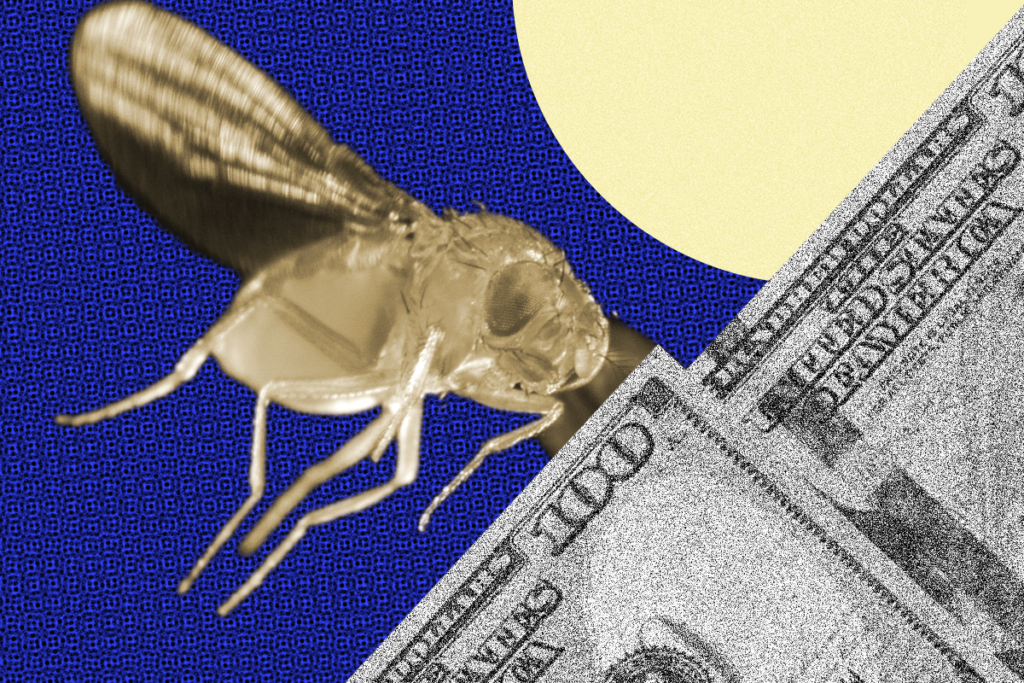
Fly database secures funding for another year, but future remains in flux
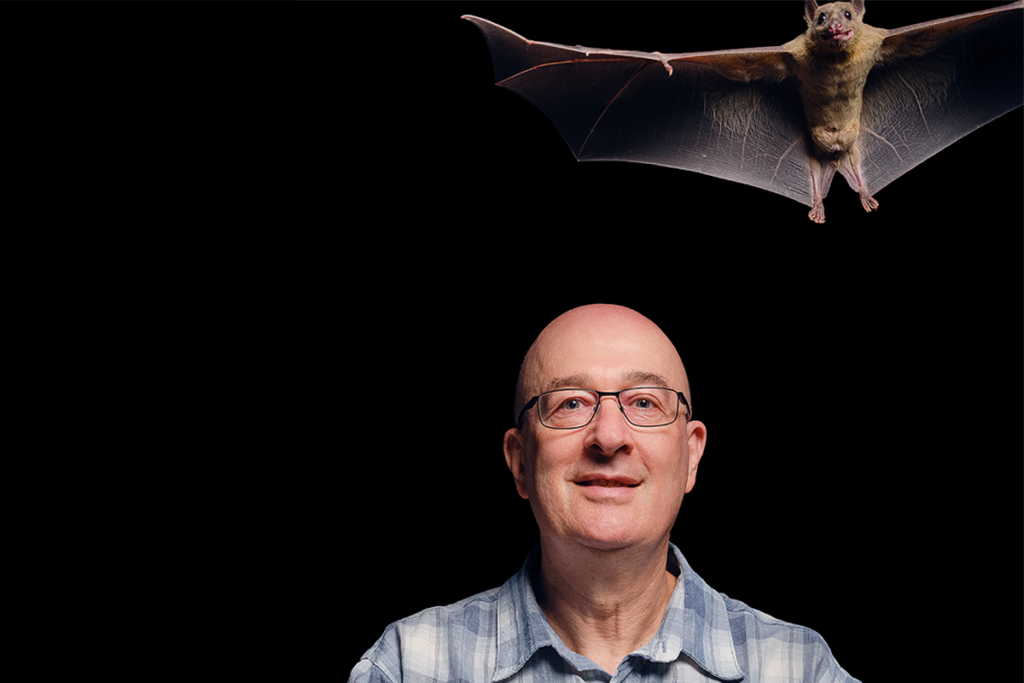
Diving in with Nachum Ulanovsky
